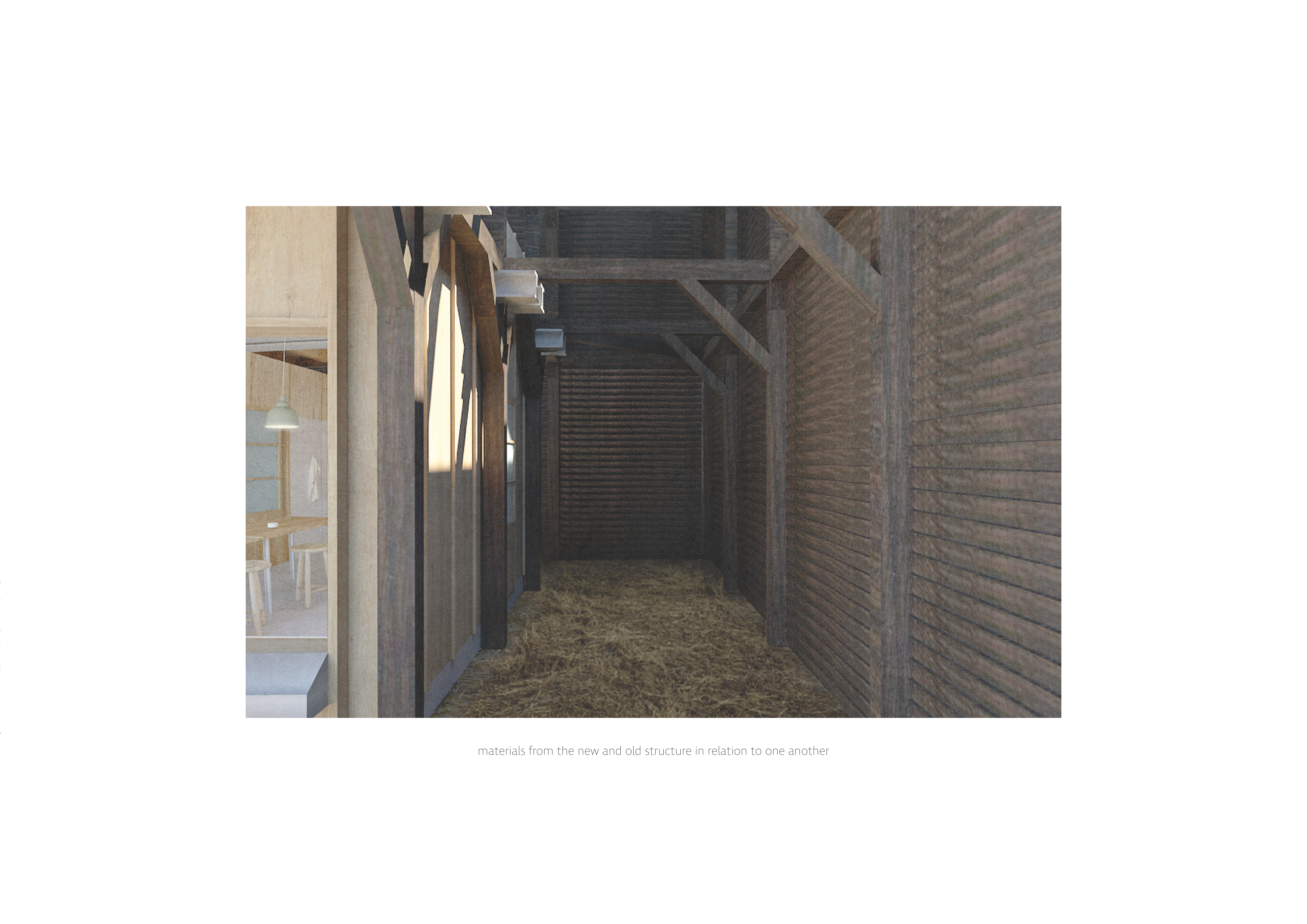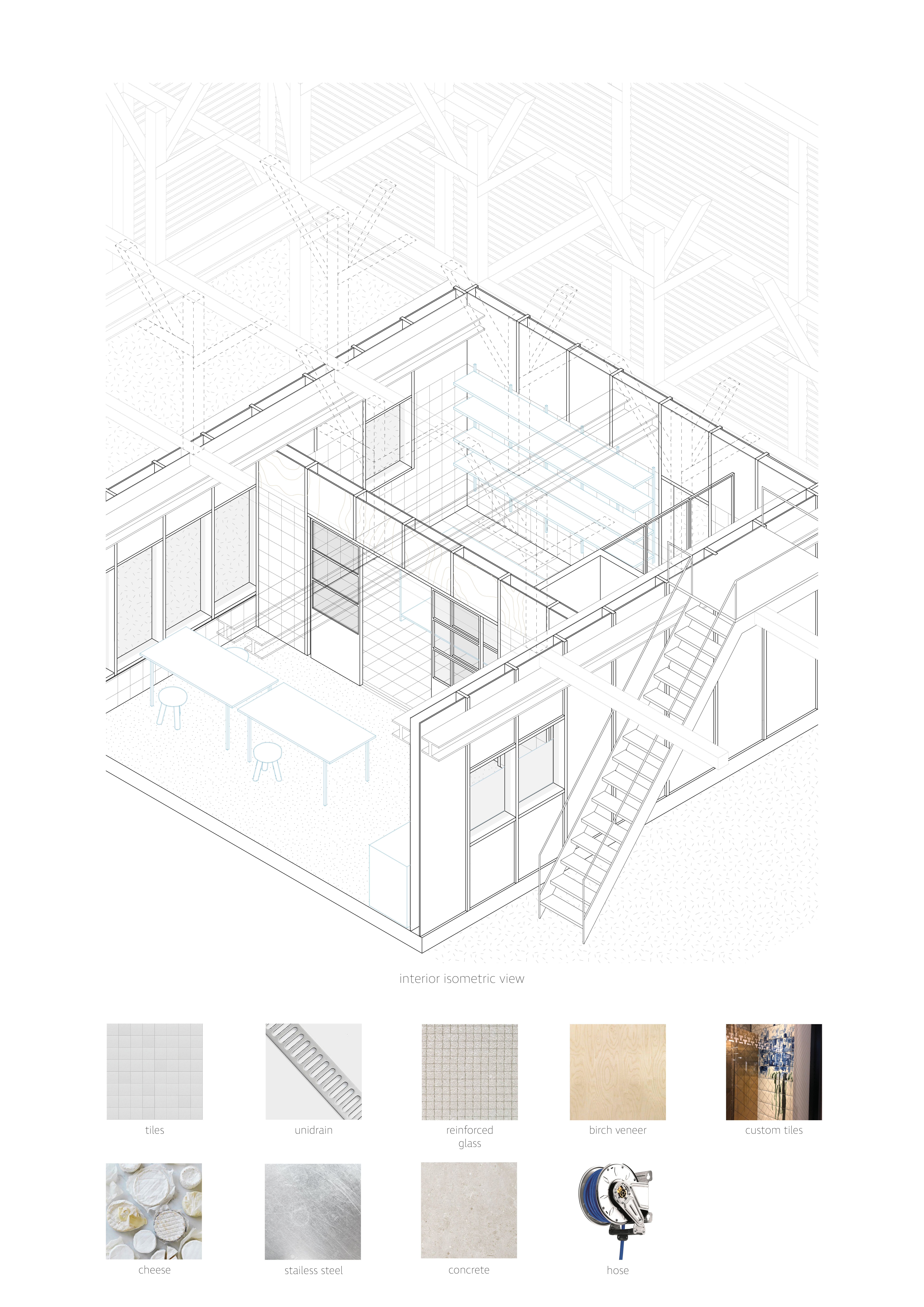Royal Danish Academy / 8th semester / 2021
with Cassin Wong
Through an in depth analysis of a maker of our own choice, we were to create a working space in an already existing structure. We chose to work with cheesmaking, situated at Banegaarden in Copenhagen. Reaching out to Copenhagen Goat Milk, we got a great understanding of their cheesemaking process, unique handling of their goats and the various tools they need to make it all come together.
Introducing dairy farming to the site of Banegaarden, was thought of as an extention to what is already happening out there. Having both a small scale dairy farm and the already existing vegetable farm, the site would be perfect for food education and a destination for great food experiences.

Diving into this topic, we quickly understood that cheese making is a science, just as much as it is a handcraft and with the rise of home fermentations like kombucha, kimchi and sourdough - home made cheeses has also seen an increase in popularity. Cheese making is one of the most ancient forms of food preparation/fermentation recorded in human history and has been done in countless different variations. It is found in almost any culture on the planet, unique to the place of origin because it's entirely dependent on the local circumstances surrounding the animal and it’s milk, the process of fungal growth and the length of aging. According to Summer from CPH Goat Milk, cheese making is made with all of your senses - and if you only rely on one of them, the end product will not be of any use.






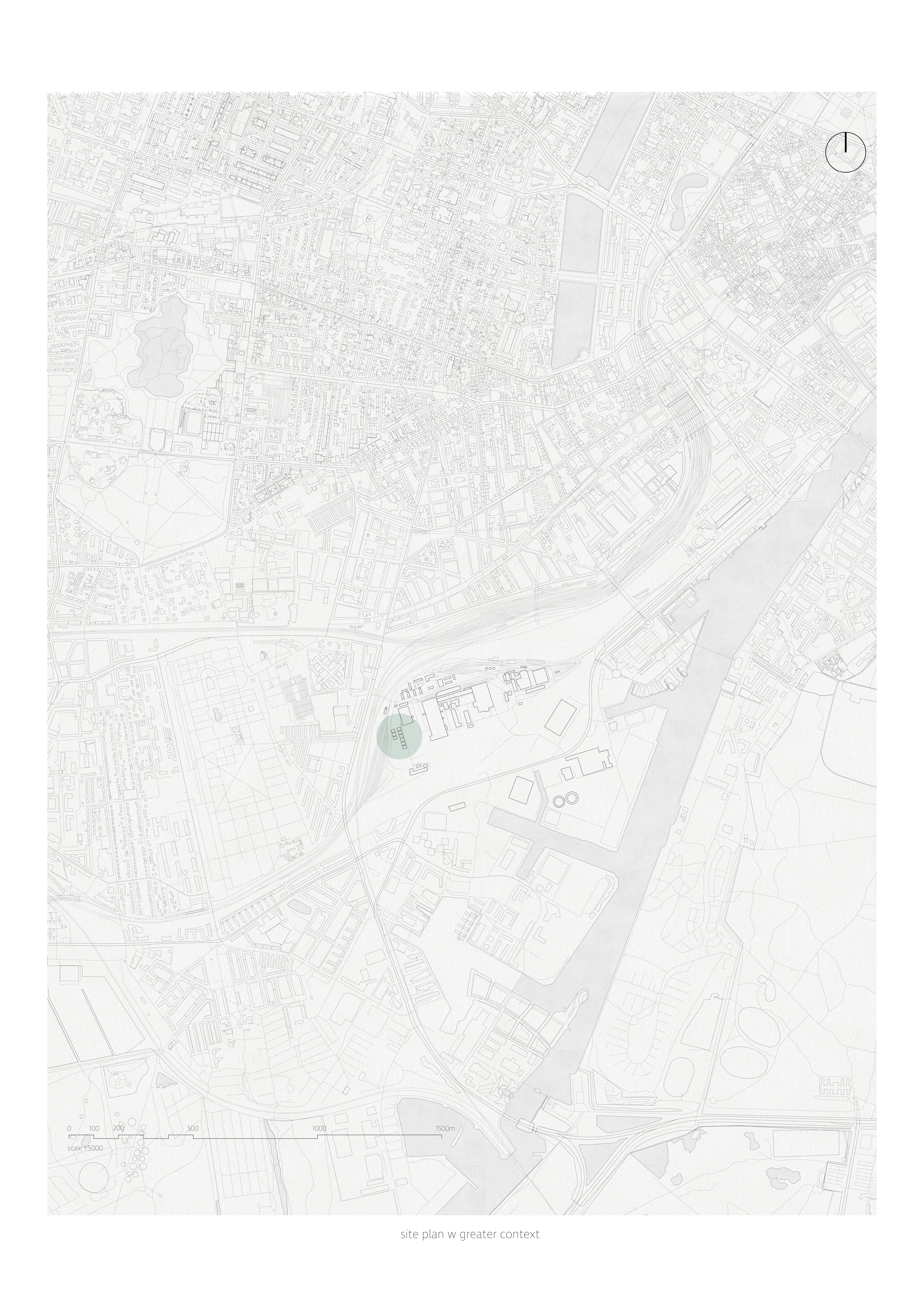
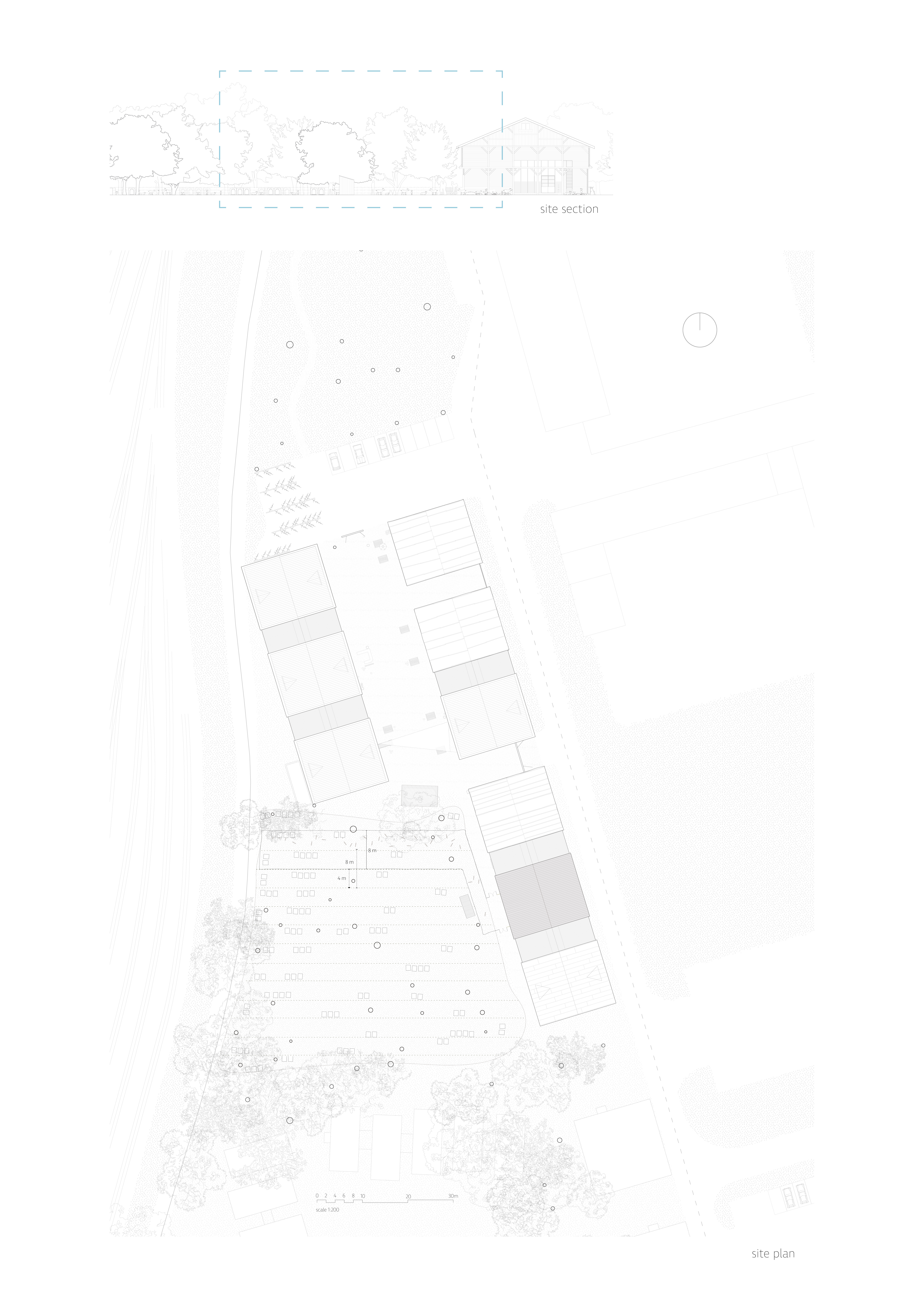
Our inspiration for this project took off by looking at, what Aarstiderne are already doing at Banegaarden. They are providing an opportunity to learn about and experience farming, first of all in a different setting, but also in a different scale. With the rising popularity of food tourism, we wanted to extend the idea of farm to table to another lesser know aspect of food production and culture - namely dairy farming - and to highlight some of the benefits of the rise in awareness when it comes to small scale production and using traditional/original methods of producing. Therefore we felt like the world of non-commercial slow foods, where every new batch is a little bit different from the last, would be a very central part of what we wanted to introduce to the site.
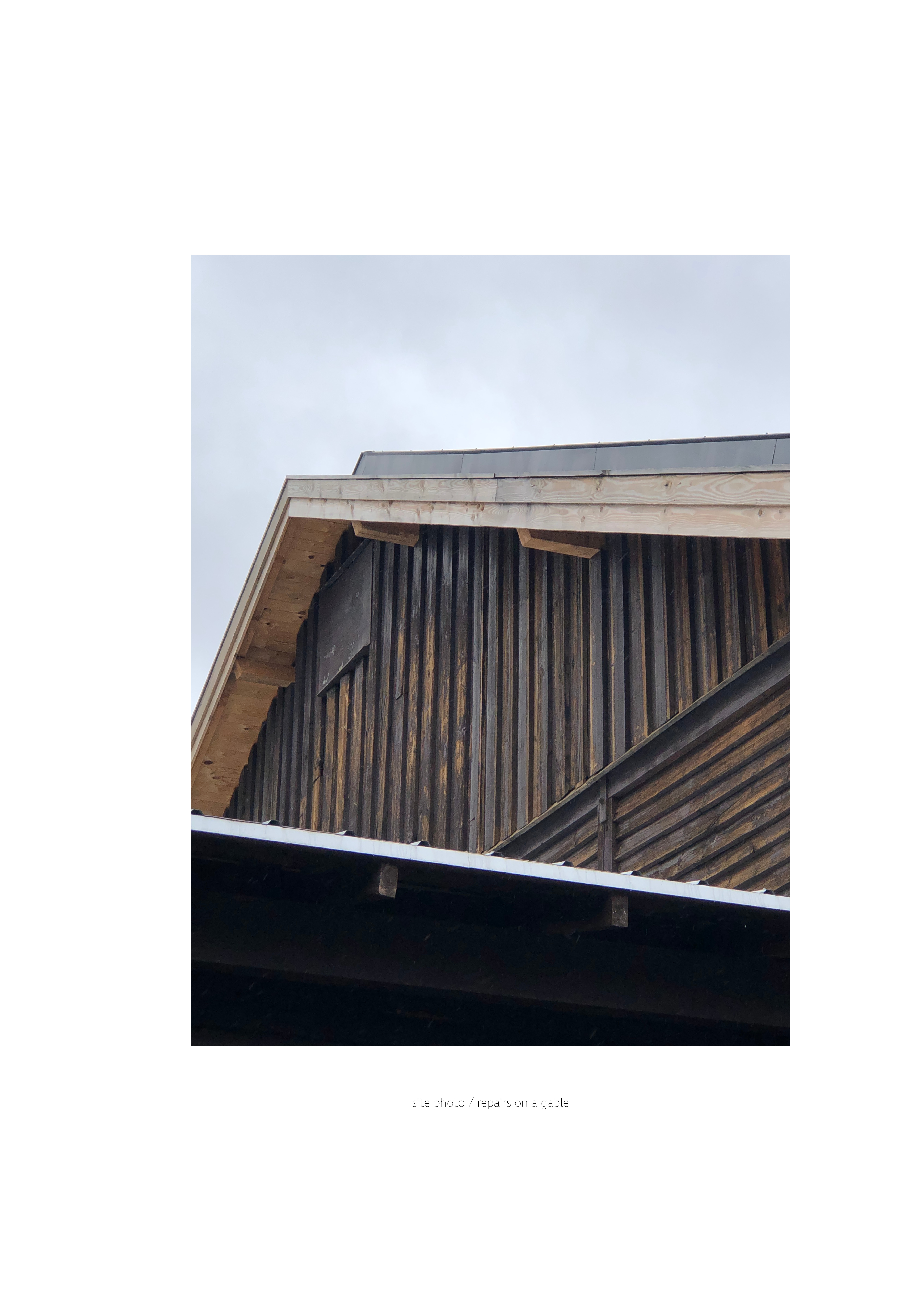

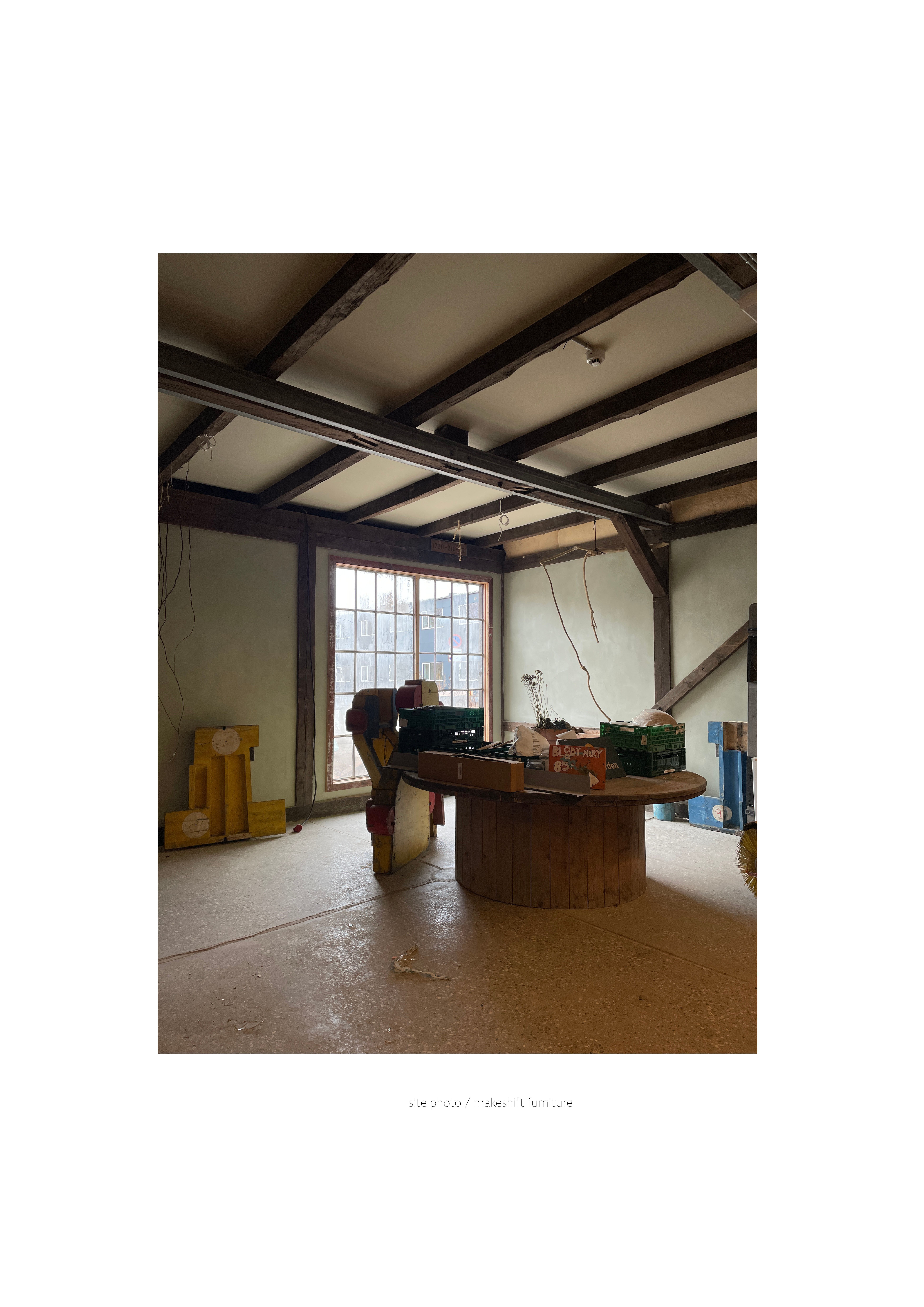




By introducing a small scale dairy farm in an urban context, it would be possible to keep the production transparent. We also wanted for people to engage with the animals, which we are extremely dependent on when it comes to producing something as common as cheese. Our wish is to make the interdependence between different animal species, plants and humans show in the way the space is organized and how people interact with the entire area. This is also why we’ve chosen to focus on goats, as they take up and require less space than cows, but are also known to be quite gentle and easy to deal with. By following Claus and Summer’s example of holistic grazing, we’re hoping to keep as much of the biodiversity in the interesting nature around Banegaarden, much of which is a direct consequence of the train fare through the area for the past 100 years.
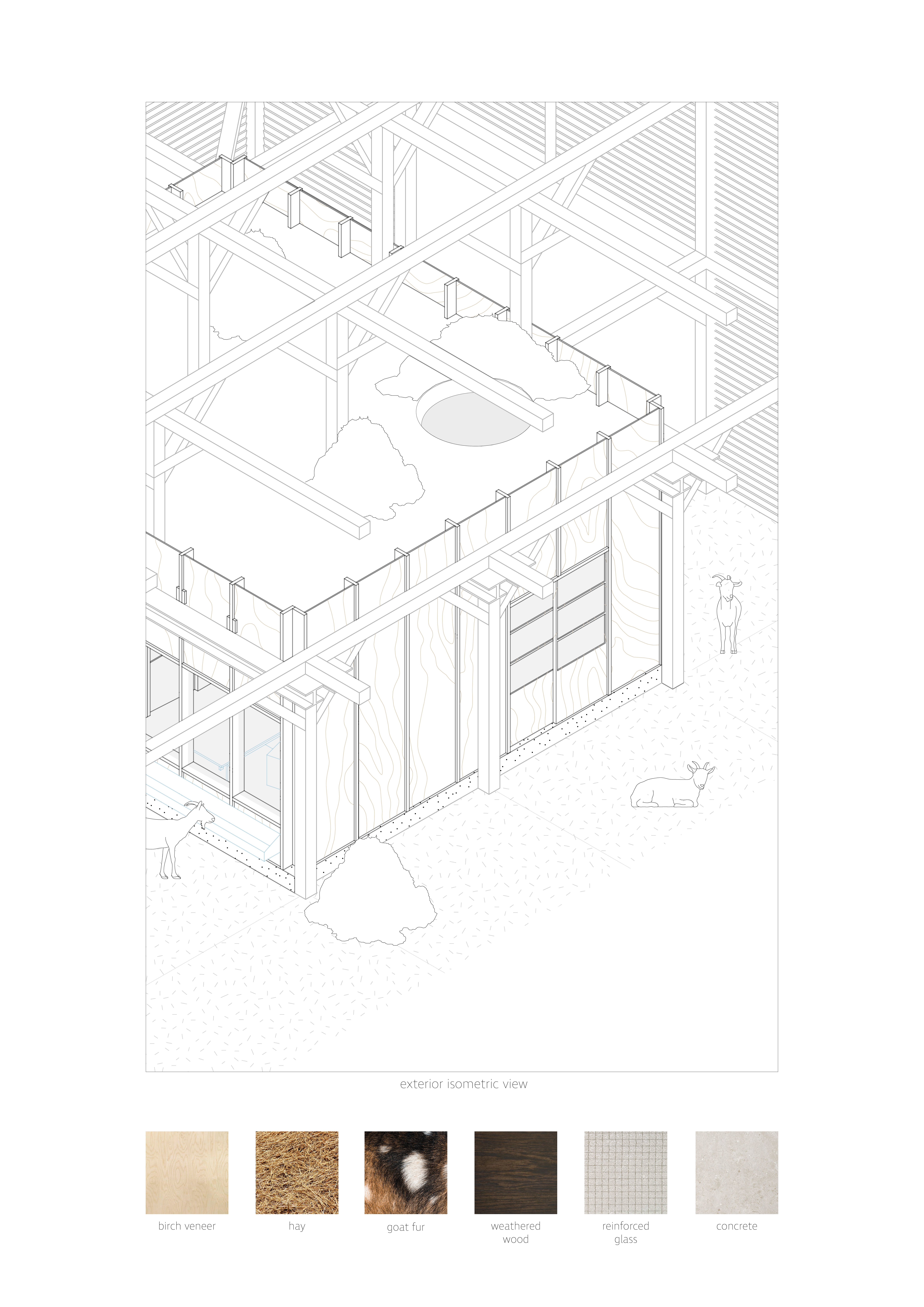


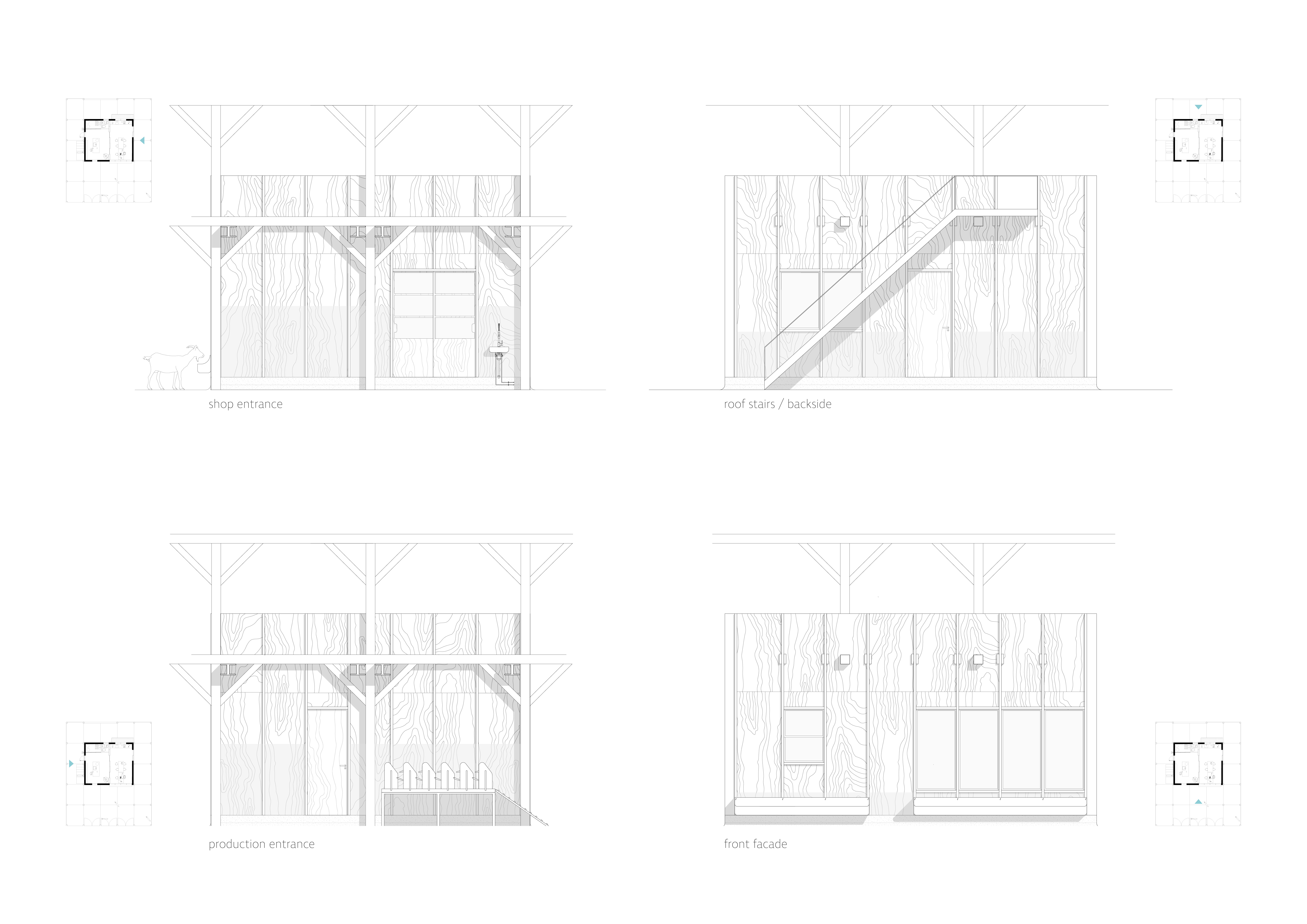
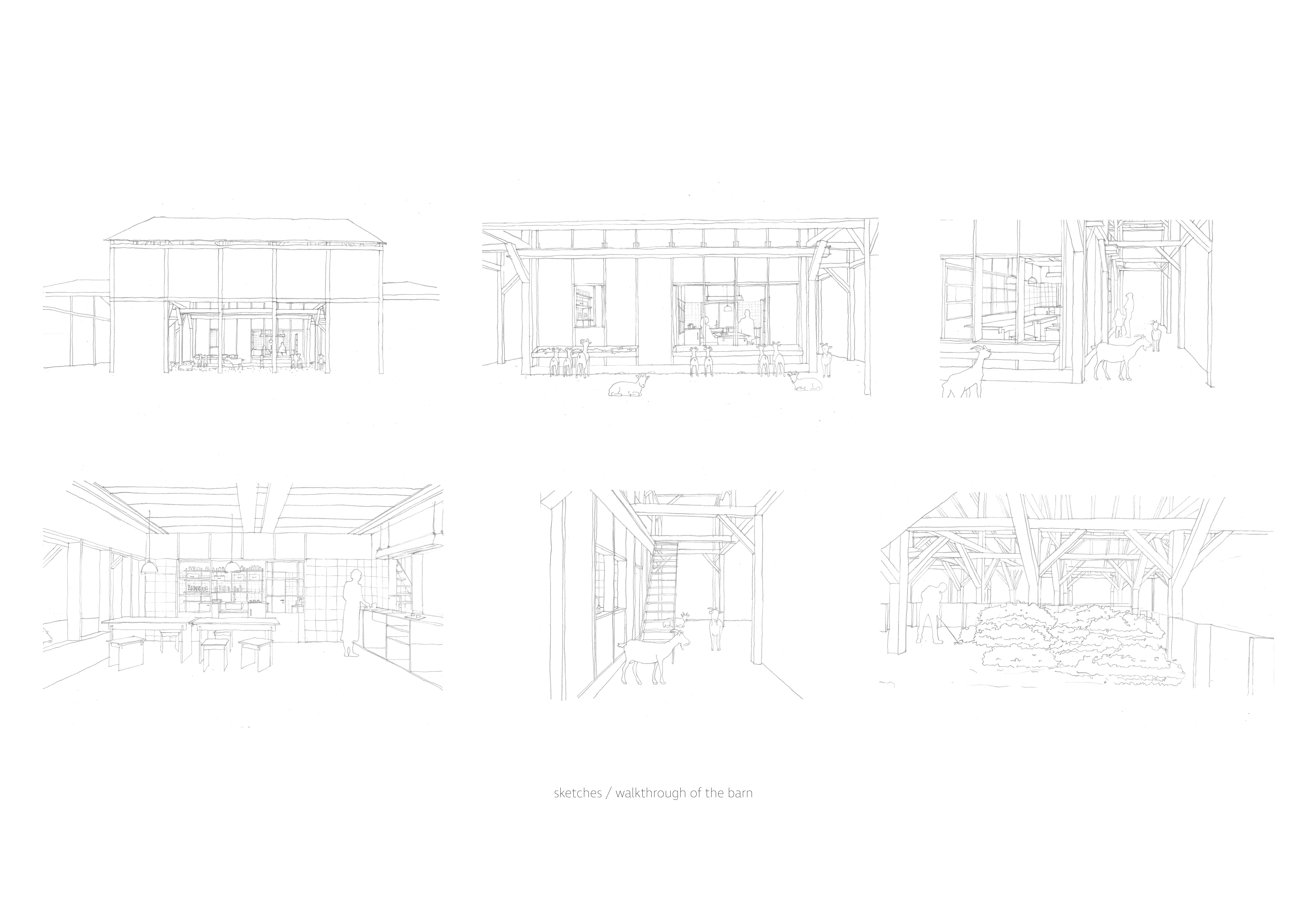


Because of all the afore mentioned variables, we would also like for this space to be a playground for cheesemakers. A place where they can come together and share knowledge, experiment and for instance create a signature cheese style. This means having a focus on how the space can transform and accommodate for different learning situations, but still operate as a cheese making workshop, with a somewhat regular production in the milking season.





